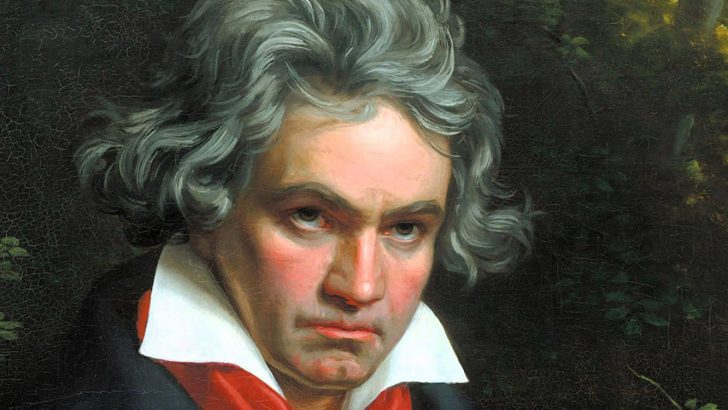The National Anthems of the EU Countries
by Liam Murphy (Kingdom books, €18.00)
Though World War II was an Armageddon of evil, it had at least one good result: what became the European Union (EU) emerged from its embers. This historic union was formed by European statesmen who were determined that their countries would never again go to war with each other. Despite all the differences of opinion among the countries of the union since, this highest aim of all has never been forgotten about.
The first practical step towards uniting the continent was taken with the establishment of the European Coal and Steel Community in 1951. There followed the Treaty of Rome in 1957 which created the European Economic Community. The European Union and European citizenship was established when the Maastricht Treaty came into force in 1993. Thereafter the European Union continued to be enlarged until 2004 when it consisted of twenty-eight countries.
From 1985 onwards the entity had its own anthem with words from Friedrich Schiller and music from Ludwig van Beethoven. However, each of the countries of the bloc also retained their national identifying symbols, including their national anthems. These were the songs they had adopted to promote patriotism and instil loyalty to their country.
Survey
In this fascinating survey of the anthems of the EU countries, Liam Murphy describes the origin of the lyrics, and records who provided the melody for each anthem. He narrates when and where they were first rendered in public. He also examines the significance of the main verse or verses of each anthem. And he deals with the subsequent history of those national anthems from the date of their composition until the present day. Mindful that whenever a national anthem is played the national flag is not far distant, he also illustrates his commentary on each with the appropriate flag.
Some of the anthems were associated with seminal national events. None more so than France’s La Marseillais. The song was written in April 1792 by Claude Joseph Rouget de Lisle in Strasbourg after the declaration of war by France against Austria and it was adopted as the Republic’s anthem in 1795. Originally entitled Chant de guerre pour L’Armée du Rhin (War song for the army in the Rhine), it acquired its name after being sung by revolutionary soldiers from Marseille as they marched to Paris in August 1792.
The United Kingdom was part of the European project for 47 years. So it was right for the author to include its anthem, if only in an appendix. It is one of the oldest national anthems in Europe. However, the two versions of its origin are based on equally tenuous authority.
Lyrics
The French version attributes the lyrics to the Marquise de Créguy, a French literary scholar, who composed a motet giving thanks for the survival of King Louis XIV of France after a painful operation involving the removal of a polyp from his backside. The motet was set to music by the French composer Jean-Baptiste Lully, the king’s composer, and enjoyed success in France. The composer George Frideric Handel, was said to have had Henry Carey, an English rhymer and musician, translate the text and to have it then orchestrated before submitting it to his mentor, King George II of England.
Proudly taking its place among the national anthems of the EU is Amhrán na bhFiann (The Soldier’s Song). It was written by Peadar Kearney in 1909 or early 1910 and the music was supplied by Patrick Heeney. The words were published in Irish Freedom in 1912 and thereafter it became the marching song of the Irish volunteers.
Following the Easter Rising in 1916 it supplanted God save Ireland as the generally accepted national anthem. It was informally adopted as the national anthem of the Irish Free State in 1924 before it was officially adopted in 1926, replacing God save the King.
This meticulously researched study is a treasure trove of information on an important aspect of the culture of the EU. It will be prized by all who appreciate and admire the historic European project.



